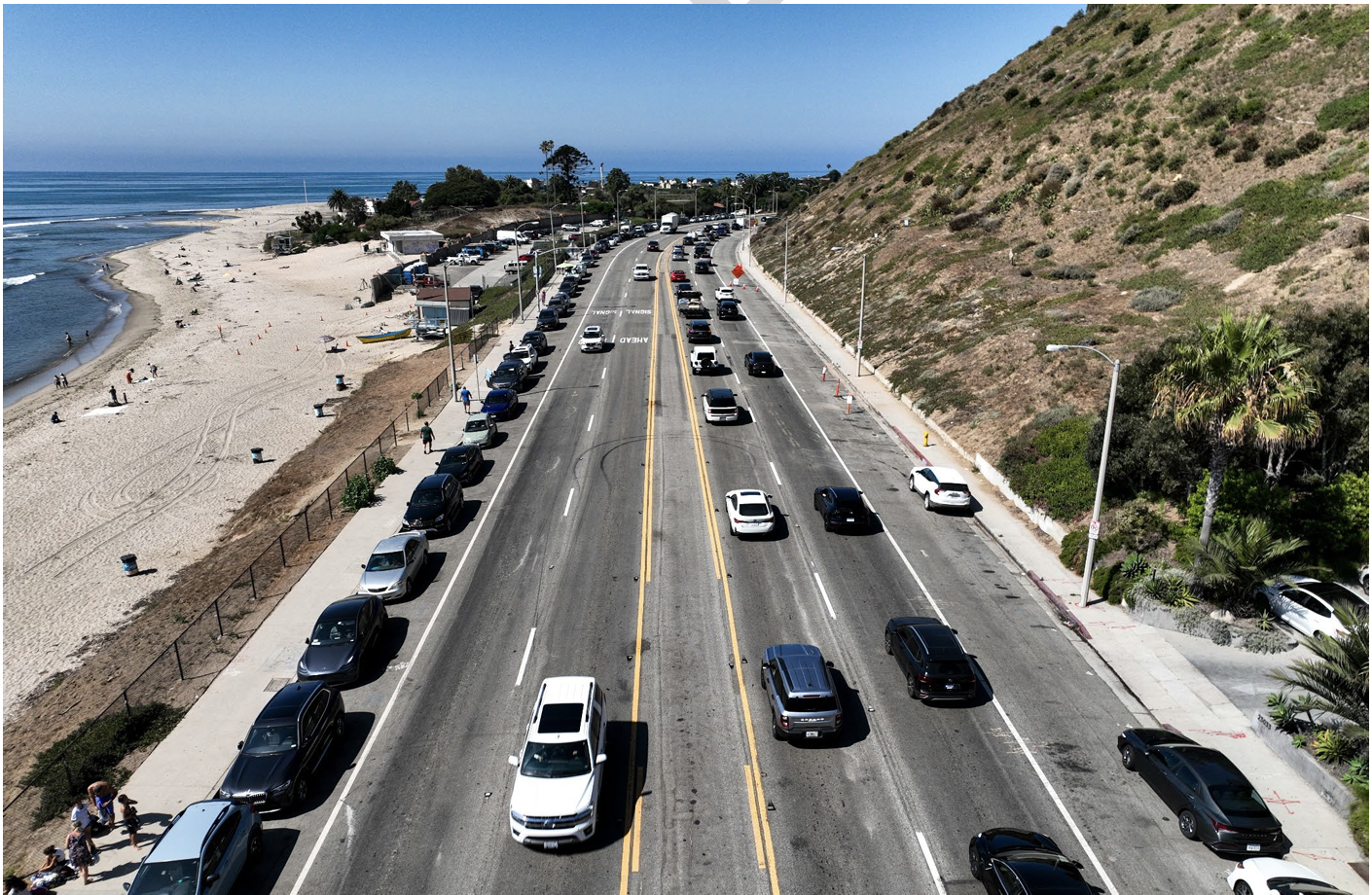 Comparing the transportation savings in dense versus dispersed neighborhoods for a dozen U.S. metro areas. (Chart: CNT)
Comparing the transportation savings in dense versus dispersed neighborhoods for a dozen U.S. metro areas. (Chart: CNT)The
process of expanding the federal government's definition of "affordable
housing," a stated goal of the Obama administration's sustainable communities effort, began in earnest yesterday with the introduction of a new index that integrates transportation prices into the cost of living for hundreds of metro areas.
The Housing and Transportation Affordability Index, assembled by the Chicago-based Center for Neighborhood Technology (CNT), offers details on housing and transport bills for prospective residents of more than 300 metro areas.
 (Source: CNT)
(Source: CNT)But
the index also aims to give an updated look at the scarcity of
affordable housing. Almost seven out of 10 American neighborhoods are
considered affordable using the current federal metric -- that housing
should cost no more than 30 percent of income. When the CNT added
transportation to the mix, however, for a combined metric of 45 percent
of income, the number of affordable neighborhoods dropped by 30 percent
(see graphic at right).
"By only focusing on" the 30-percent metric, CNT President Scott Bernstein told reporters, the government "has
created an incentive for people to seek out locations where they can meet that goal without taking
into account the almost equal cost of transportation."
The index, he added, "show[s] that as people move further out seeking cheaper and cheaper housing, the costs of
transportation increase."
The
new data is also aimed at encouraging the Obama administration to
update its measurement of affordability, a goal embraced by the heads
of the three agencies participating in the inter-agency sustainability work.
Ron
Sims, the deputy secretary of Housing and Urban Development who leads
that sustainability office, has said that $10 million of his initial
grant funding would go towards expanding the market for
location-efficient mortgages that include transportation costs in their
estimates of borrowers' income.
Sims,
who joined Bernstein yesterday to discuss the CNT report, observed that
the number of mortgage defaults during the current housing crisis was
exacerbated because homeowners "did not realize they had a
transportation cost burden and a mortgage."
The CNT also
pinpointed another legislative goal for its index: enacting legislation
requiring real estate agents, landlords, and other housing brokers to
publicly disclose neighborhood transportation costs when marketing a
property. Bernstein told reporters that Rep. Earl Blumenauer (D-OR)
would introduce a bill proposing that change in the coming days.
Measuring
the combined local burden of transportation and housing costs could
influence more than just the mortgage market and government housing
policy. Randy Blankenhorn, executive director of the Chicago
Metropolitan Agency for Planning, said the CNT index helped planners in
his area make difficult decisions on how to use their available funding
for new transportation projects -- which totaled just 2.7 percent of
this year's revenue. (The remainder of revenue went to maintenance of
existing infrastructure, he added.)
Blankenhorn predicted
that the CNT index could help urban officials focus on a transportation
agenda that's "not just about [fighting] congestion, but about bringing
people closer to jobs."





